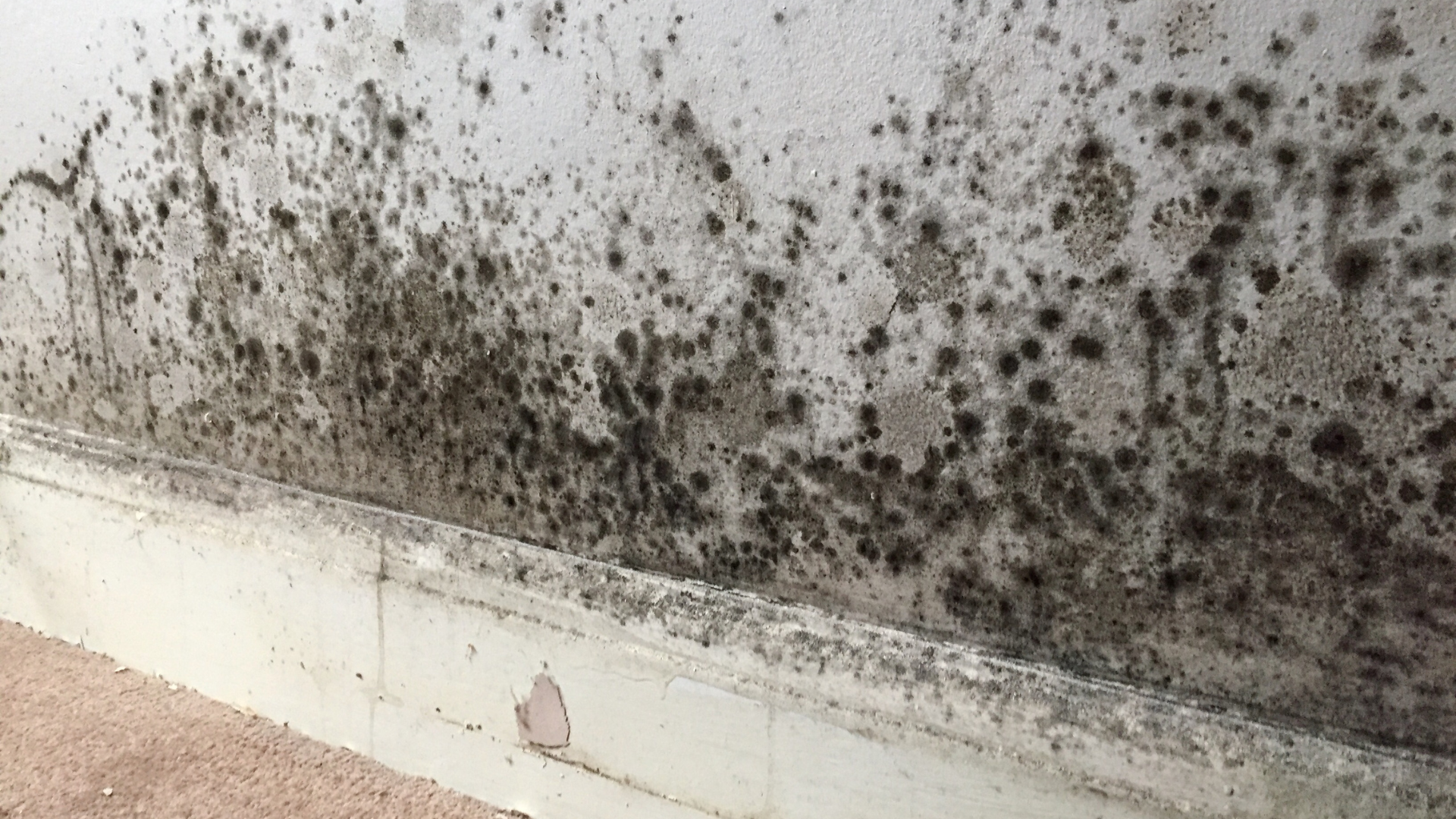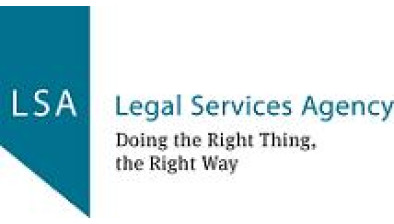Tom Morton: Urgent action needed to prepare for Awaab’s Law

With the upcoming introduction of Awaab’s Law, social housing providers must act now to prepare for the new legal requirements aimed at safeguarding tenant health and safety, writes Tom Morton, CEO of Glasgow-based digital health innovator Archangel.
The tragic death of Awaab Ishak in 2020 due to prolonged exposure to mould was a stark reminder of the dangers of poor housing conditions. This new legislation goes beyond addressing damp and mould—it enforces a fundamental duty of care to ensure that all tenants live in safe, healthy homes.
The scale of the issue is alarming. An estimated 600,000 social housing tenants in Scotland alone are affected by damp, mould, and condensation. Poor housing conditions cost NHS Scotland around £140 million annually, with the UK-wide figure standing at £1.4 billion. Rising fuel poverty will only exacerbate the problem, making it harder for tenants to heat and ventilate their homes properly, increasing the risk of unsafe living conditions.
Under the Social Housing (Regulation) Act 2023, landlords in England will be legally required to investigate damp and mould issues within 14 days and commence repairs within 7 days starting in October 2024. Scotland is now introducing its own version of Awaab’s Law, reinforcing similar obligations.
However, Awaab’s Law is not just about damp and mould. It establishes a wider duty of care for housing providers to mitigate risks such as structural disrepair, poor ventilation, fire hazards, and excessive cold. These hazards directly impact tenant health and wellbeing, requiring a more comprehensive approach to housing safety.
Housing providers cannot afford to wait until the law is enforced. The compliance timeframes are strict, and relying on traditional, reactive maintenance models is no longer viable. Too often, issues escalate before intervention, leading to greater tenant harm and higher repair costs.
A proactive housing management approach is needed—one that prioritises early detection and intervention. By leveraging real-time data monitoring and environmental sensors, housing teams can identify and resolve issues before they become serious health risks. This shift from reactive repairs to predictive and preventative maintenance will be key to meeting compliance obligations while also improving tenant outcomes.
A major challenge in social housing management is the continued reliance on fragmented, siloed systems that hinder the ability to respond effectively. Many housing providers still operate with disconnected data sources, outdated reporting mechanisms, and slow manual processes, making it difficult to gain a holistic view of property conditions and tenant needs.
To ensure a coordinated, strategic response to Awaab’s Law, housing providers must integrate their systems, ensuring that real-time insights are accessible across teams and departments. Smart investment in technology should focus on interoperability, allowing different platforms—housing management, repairs, and compliance systems—to work together efficiently.
Strategic procurement also plays a critical role. Instead of short-term, cost-driven decisions, housing providers must prioritise solutions that offer long-term value, operational efficiencies, and improved tenant outcomes. Investing in scalable, data-driven tools will enable proactive interventions, reducing the likelihood of emergency repairs and costly legal actions.
The housing sector is already under significant strain. Many providers are grappling with ageing housing stock, budget constraints, and workforce shortages. Implementing the necessary changes to meet Awaab’s Law will require investment, strategic planning, and operational adjustments.
However, acting now—before compliance deadlines come into force—will allow housing providers to adopt best practices, implement new technologies, and integrate more efficient workflows. Those who prepare early will avoid last-minute compliance challenges and position themselves to deliver long-term improvements in housing quality.
Awaab’s Law is a critical step towards improving housing conditions, but it is only the beginning. The real measure of success will be whether the sector can create lasting change, ensuring that all tenants—regardless of their circumstances—live in safe and habitable homes.
By embracing early intervention, data-driven decision-making, and collaboration, housing providers can proactively address risks and prevent future tragedies. This is not just about following regulations—it is about upholding a fundamental responsibility to protect tenants and provide them with the safe homes they deserve.
A good example of this is a DSIT (Department for Science, Innovation & Technology) funded scheme in place at a Bield Homes retirement complex at Biggar in the Scottish Borders. A range of lifestyle and environmental sensors have been installed within the venue that feed into Archangel’s holistic and agnostic platform. Initial findings have been impressive with a full report due out in mid May.
Whilst Bield’s example of best practice may not be within a social housing setting, it does demonstrate a ‘getting ahead of the game’ approach that future proofs against potential costs associated with later integrations of silo data systems. There is clearly a better way by embracing proactivity and the latest technologies.
With decisive action, preparation, and a commitment to continuous improvement, the housing sector can honour Awaab Ishak’s legacy by ensuring that no family ever has to experience such a preventable loss again.









